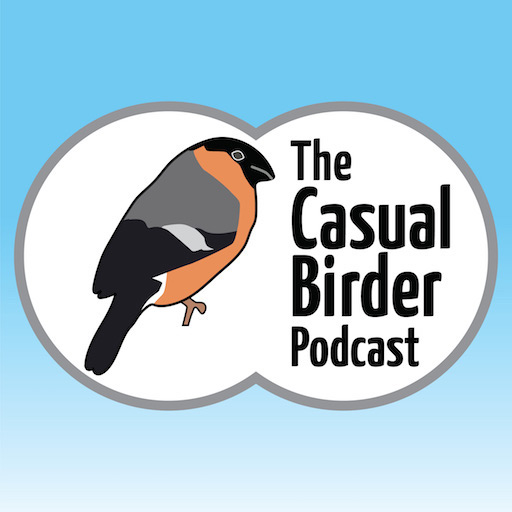One of the most distinctive features of the Eurasian Nuthatch is its amazing ability to move downwards, head-first, on tree trunks and branches, in search of insects. So if you see a smallish, highly agile bird from a distance or in silhouette, and it’s working its way down a trunk, bill towards the ground, it is likely to be a Nuthatch. If it’s pointing upwards, then it might be either a Treecreeper or a Nuthatch, because Nuthatches have the ability to go in either direction.
The Eurasian Nuthatch plumage is a very pleasing combination of blue-grey above and a rusty-orange colour below, with a bold black eyestripe. Males and females are similar, although males tend to have a stronger rusty-orange colour on the flanks.
Nuthatches nest in holes in trees, and will often use mud to help make the hole smaller if necessary. This characteristic led to the name “Mud Stopper” for these birds in some areas. I remember the first time I saw a nest hole - the different pieces of mud making a patchwork effect on the trunk.
The name “Nuthatch” is thought to arise from their habit of wedging nuts in tree crevices, and then using their powerful bills to break them open.
They have a variety of songs, trills, and calls. The description of these sounds in bird guides never seem to do justice the actual sounds of a Nuthatch. Their most common call is utterly distinctive once you’re familiar with it, and these birds are often heard long before they are seen.
Within the UK, Nuthatches are present throughout most of England and Wales, but only in southern parts of Scotland. They are also found across large parts of continental Europe.













































